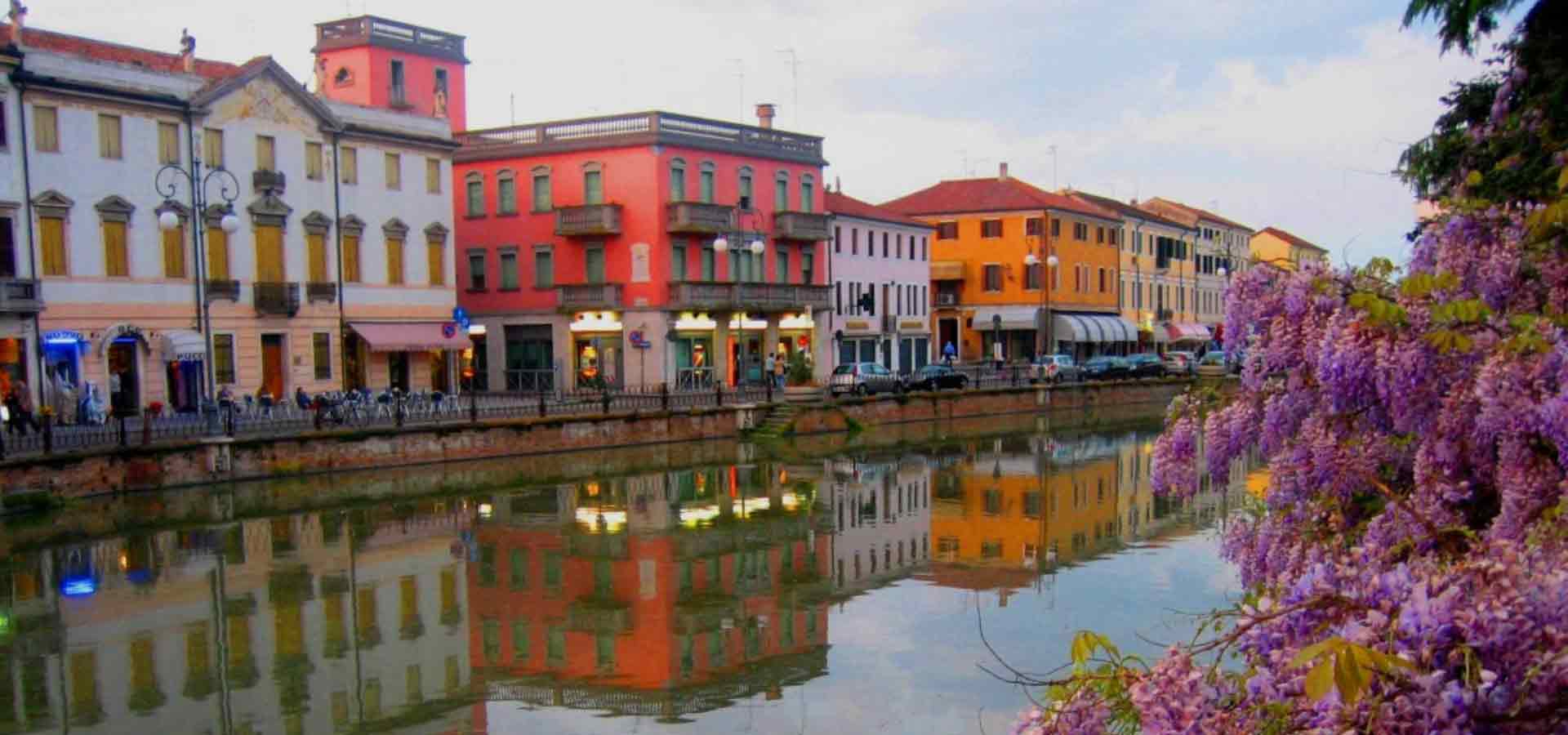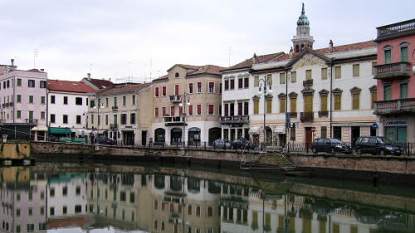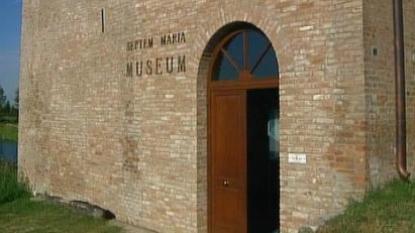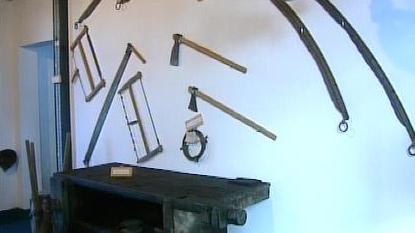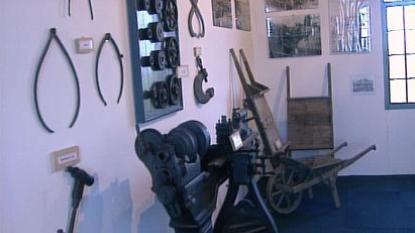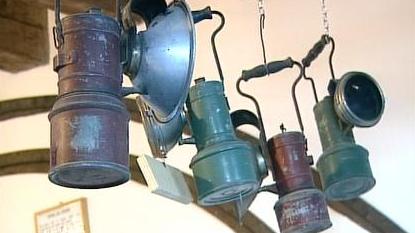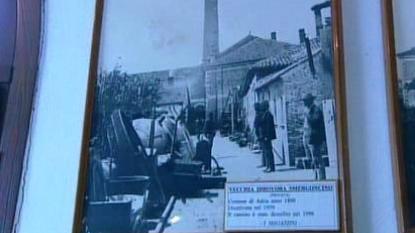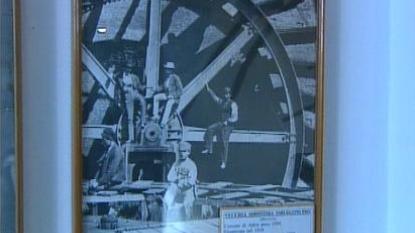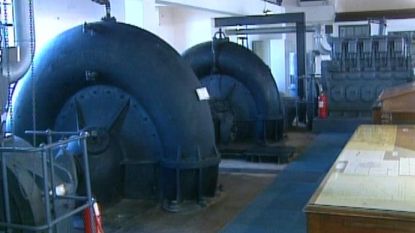Adria. City of ancient origin. In the sixth century BC Adria was the centre of great strategic importance and crossroads of trade inland waterway to the North of Italy and Europe, so that the Greeks gave the name Adriatic to this sea. In the fifth and sixth century BC The Etruscans make it famous, until the Romans made it a Municipium.
The mother of the Adriatic
Of its ancient history remain thousands of remains, including the famous “Chariot of Lucumone”, of the fourth century BC at the National Archaeological Museum. There are preserved especially the remains of ancient origins of this town of Pula.
The abundance of remains, craft of various types (ceramics, bronze) and especially the necropolis brought to light during the excavation of 1938-40 do not admit doubts on the age and the importance of the Etruscan settlement at Adria, also in the fourth and II sec. B.C.
The Syracusans that, according to literary tradition, not supported by archaeological remains, founded a colony here in the fourth century. BC, continued cleaning up with the excavation of “Cough Filistine” (named after their navarch Philistus). Adria enters the Roman orbit as early as the second century. BC, but becomes Municipium probably around 49 BC This meant that they might enjoy in the area of complete independence, to use the vast area of expertise and take advantage of the privileges attached to the Roman citizenship.
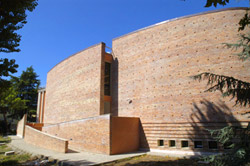
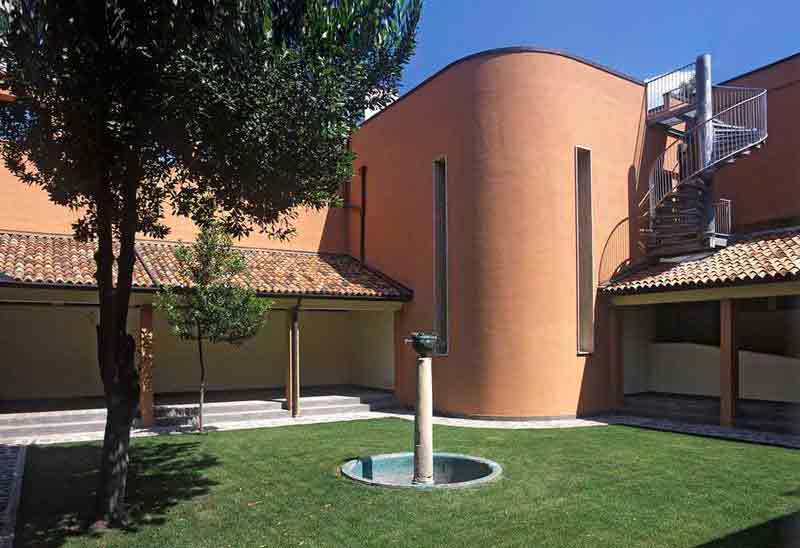
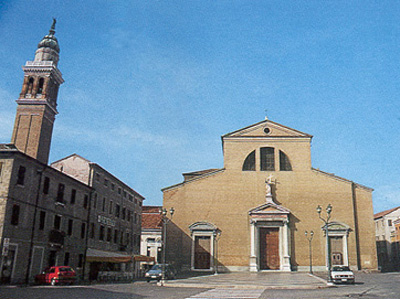
To recommend the visit of the Cathedral of 1766, some sort of very ancient remains. In 1830, digging the foundations of a wall to the west of the new cathedral, a few feet deep came to light a cell closed by thick brick wall, with frescoes of saints, apostles perhaps, the late Byzantine period.
On the outskirts of Adria, there stands out in the sky a tall chimney of 46 meters. It is the pinnacle of one of the many water-scooping scattered between Delta and Laguna south of Venice. Built in 1853 and closed in 1992, now houses the Septem Maria Museum, a permanent exhibition on the history of reclamation, a laboratory of environmental engineering and a Meeting centre.
In the engine room of the former dewatering there are two centrifugal pumps well preserved, educational panels with the history of civilization of Polesine water and tens of ancient tools used for the reclamation.
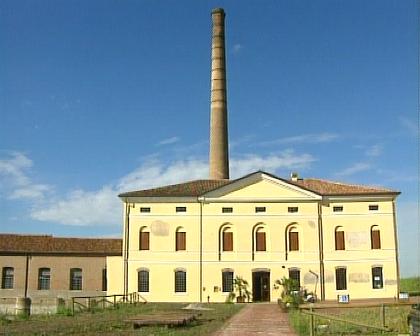
Suggestion. Adria can easily visit in half a day, and you should therefore begin or end the route at the Regional Museum of Reclamation of Ca’ Vendramin, in Taglio di Po, which is just half an hour from the city and completing the visit to Septem Maria Museum. In the area of Ca’ Vendramin are also numerous restaurants with excellent cuisine based on fish.

